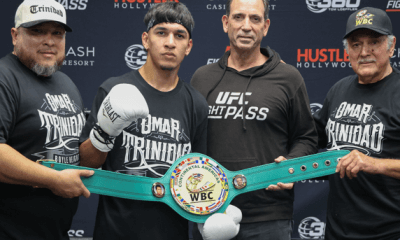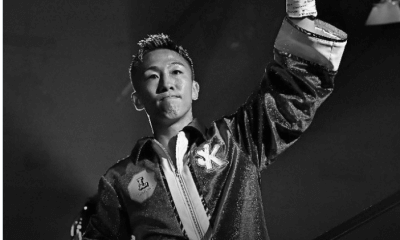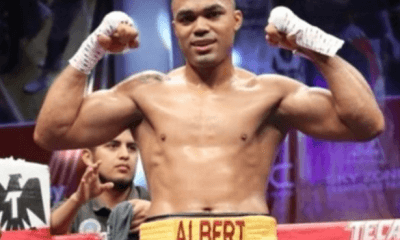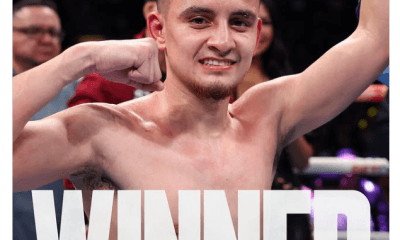Featured Articles
Munguia Nips Derevyanchenko in a Fierce Battle at Ontario
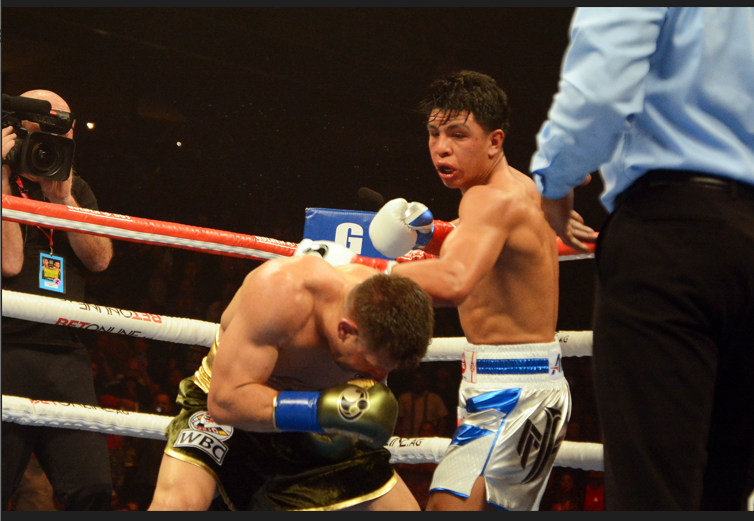
ONTARIO, Calif.-In perhaps the most explosive fight so far this year Mexico’s Jaime Munguia needed a knockdown to overcome the hard charging Sergiy Derevyanchenko in the last round to win a close unanimous decision and the WBC Silver super middleweight title on Saturday.
“He was very, very hurt and we deserved to win the fight,” said Munguia.
No one was disappointed in the fight.
Tijuana’s Munguia (42-0, 33 KOs) knew stepping into the prize ring that Ukraine’s Derevyanchenko (14-5, 10 KOs) was as dangerous as a stick of dynamite and so did the nearly sold-out crowd at Toyota Arena.
What they didn’t know was both have chins of granite.
It didn’t take long for the action to ignite. After Munguia connected solidly with a body shot, Derevyanchenko opened up with a two-fisted attack that had the Mexican fighter on his heels. Both blasted each other with lefts and rights.
The crowd went crazy.
Derevyanchenko showed he could take Munguia’s best early and both also displayed outstanding chins. After each connected with big blasts, they looked at each other almost surprised that the other was still standing.
Both fighters almost seemed to take turns out-performing the other with combustive combinations that seemed to echo in the arena.
Derevyanchenko unloaded in the fifth round in what could be the Round of the Year. Each connected with blows that snapped each other’s head violently and each returned with more big shots. It was surprising to see neither fighter seemed seriously hurt. Stunned, yes, but neither was close to going down. Derevyanchenko seemed to have a slight advantage.
The crowd ate it up.
Munguia seemed determined to crash the Ukrainian fighter’s dreams and unloaded with a ferocious volley of blows. The left hooks seemed to be the most effective punch for the taller Mexican fighter, but Derevyanchenko survived.
Just when it seemed Munguia had gained the momentum, Derevyanchenko rammed his head into the Munguia who immediately was hurt by the collision. When the fight resumed, Derevyanchenko took control as Munguia winced in pain. The Ukrainain suddenly gained control of the match.
When it seemed Munguia was losing the fight, he used the left hook to regain control. Throughout the fight the left hook seemed to be Munguia’s most potent weapon. The Mexican fighter refrained from avoiding blows and went forward with more determination. It paid off.
In the 11th round a left hook to the body by the Mexican fighter forced the Ukrainian to hold again. It was a foretelling moment.
Both fighters shook hands in the final round. No one knew who was ahead and Munguia launched into an all-out attack with left hooks. A left to the body and left to the head saw Derevyanchenko slump to the floor. A body shot opened up an even more serious attack by Munguia who chased Derevyanchenko around the ring. Always targeting the body, the Mexican fighter had the Ukrainian fighter in survival mode.
“He punched me in the rib,” said Derevyanchenko.
Derevyanchenko survived but lost the last round 10-8 due to the knockdown. It proved the difference in the fight as the judges scored it 114-113 twice and 115-112 for Munguia.
“I’m really happy I won,” said Munguia. “He was moving a lot but I caught him.”
Derevyanchenko felt he won the majority of the 12 rounds.
“I thought I won eight, nine rounds,” said Derevyanchenko.
Munguia was sure he won.
“I was doing my work and started working on the body. Once he went down I knew that I had it,” Munguia said.
After the fight Munguia received a call from Jose Benavidez, the father of David Benavidez.
Munguia assured him he is ready for anyone.
“After this, whatever champion is ready I’m waiting for them,” he said.
Mosley
Pomona’s Shane Mosley Jr. (20-4, 11 KOs) battered D’Mitrius Ballard (21-2-1, 13 KOs) for four rounds before finally scoring a knockdown in the fifth and ending the fight with a seventh round knockout in their middleweight contest.
Boos cascaded the arena in the third round but Mosley was just getting started. Eventually the early body shots on Ballard began to break him down and resulted in a six-punch battering that sent him reeling across the ring and down for a count in the fifth round.
Ballard survived that round and another.
Mosley pounded away with overhand rights that found the mark almost every time. Then he mixed body shots and a right uppercut and Ballard was in trouble again. He tried to fight his way out of it but only got in more trouble as Mosley connected again with eight more blows including a head-snapper that forced referee Thomas Taylor to jump in to stop the fight at 1:42 of the seventh round.
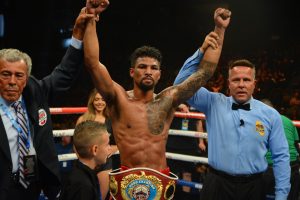
Mosley was declared the winner by knockout and the new NABO middleweight titlist.
“In the early rounds I just wanted to break that body down. He kept his hands really high. Once he started pulling those hand down to protect that. I started going over the top,” said Mosley.
Mayeli Flores Beats Mariana Juarez
A battle between two Mexican super bantamweights saw the younger Mayeli Flores (10-1-1, 3 KOs) pound her way to victory over legendary Mariana “Barbie” Juarez (55-13-4, 19 KOs) after eight ferocious rounds.
How Juarez survived without suffering a knockdown was her decades of skill.
Mexico’s City’s Juarez used her jab and movement to win the first round as Flores bobbed and weaved looking to close the distance with overhand rights and wide left hooks. By the second round she found the range.
Flores pounded away at Juarez with power blow after power blow. Juarez was able to slip most of the shots but not all of them Her sharp jab was not enough to keep the shorter Flores from scoring.
The constant pressure by Flores (pictured in the white trunks) forced Juarez to cover up against the ropes. The shorter Mexican fighter unloaded with a barrage of blows as the crowd’s cheers got louder anticipating a knockout. Somehow Juarez used her craft and guile to fight out off the ropes and change places. It was a near knockout but Juarez evaded a stoppage.
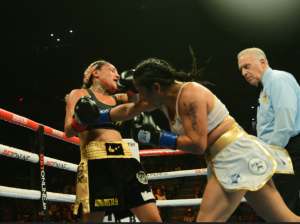
“I think at that part, she used her experience. That was the key for Mariana, that she used her experience to survive,” said Flores.
In the fifth round Juarez pounded away at Flores’’ body and that seemed to take the momentum away from Flores. Juarez then returned to stiff jabs and pivoted away. It was Juarez best round since the opening but Flores was still pounding away.
Flores increased the pressure in the sixth round with a furious attack. The multi-division former champion Juarez tried to jab her way out but was caught with savage blows. Again Flores unloaded a furious attack and this time Juarez’s face showed blood and it looked bad for the legendary fighter.
She survived.
Juarez knew she was behind and stopped moving. She planted her feet and fired away at Flores who seemed excited about the new tactics. Both exchanged liberally but though Juarez connected, her blows were not as forceful as Flores. Still, Juarez kept punching.
Referee Jack Reiss seemed concerned but allowed the future hall of fame fighter to continue. She was determined to fight it out.
In the last round, both fighters fired away with Juarez and Flores both looking for a knockout to end the fight. Both connected but Flores had more zing on her punches. Juarez slipped and countered and kept winging blows against the shorter fighter until the final bell.
Both hugged at the bell.
“Not for nothing I respect Mariana Juarez. It demonstrated that the Mexican women can fight at a high level,” said Flores. “She was one of the fighters I looked at when I was young.”
Sandoval Wins
Rialto’s Ricardo Sandoval (22-2, 16 KOs) showed off his higher level of boxing in defeating L.A.’s Rocco Santomauro (22-2, 6 KOs) by unanimous decision after eight rounds in a flyweight contest.
Sandoval could not miss with the overhand rights and later used a body attack to administer more blows. After dominating the first seven rounds the Rialto fighter tired and that opened it up for Santomauro who was in great condition despite absorbing a pounding.
After 10 rounds Sandoval was deemed the winner by unanimous decision 96-94 twice and 98-92.
Photos credit: Al Applerose
To comment on this story in the Fight Forum CLICK HERE
-

 Featured Articles3 weeks ago
Featured Articles3 weeks agoThe Hauser Report: Zayas-Garcia, Pacquiao, Usyk, and the NYSAC
-
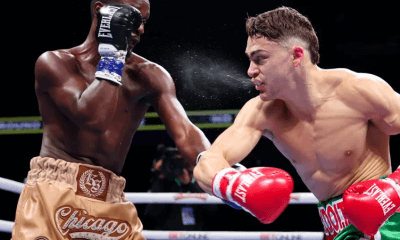
 Featured Articles2 weeks ago
Featured Articles2 weeks agoOscar Duarte and Regis Prograis Prevail on an Action-Packed Fight Card in Chicago
-
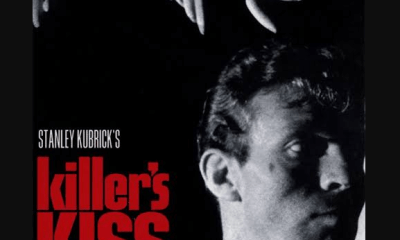
 Featured Articles7 days ago
Featured Articles7 days agoThe Hauser Report: Cinematic and Literary Notes
-
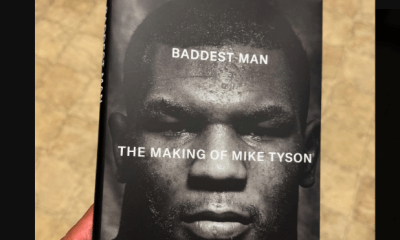
 Book Review3 days ago
Book Review3 days agoMark Kriegel’s New Book About Mike Tyson is a Must-Read
-
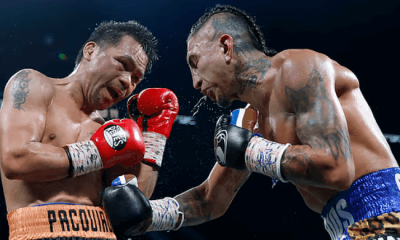
 Featured Articles4 weeks ago
Featured Articles4 weeks agoManny Pacquiao and Mario Barrios Fight to a Draw; Fundora stops Tim Tszyu
-
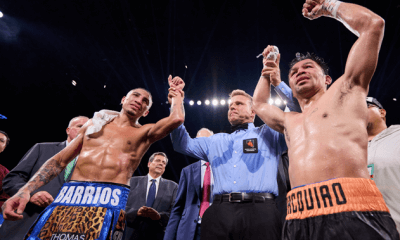
 Featured Articles3 weeks ago
Featured Articles3 weeks agoArne’s Almanac: Pacquiao-Barrios Redux
-

 Featured Articles2 weeks ago
Featured Articles2 weeks agoRemembering Dwight Muhammad Qawi (1953-2025) and his Triumphant Return to Prison
-
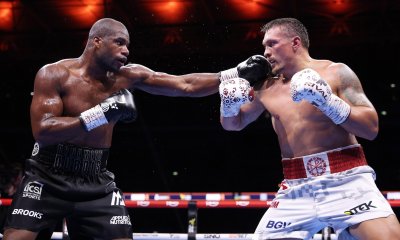
 Featured Articles4 weeks ago
Featured Articles4 weeks agoOleksandr Usyk Continues to Amaze; KOs Daniel Dubois in 5 One-Sided Rounds


